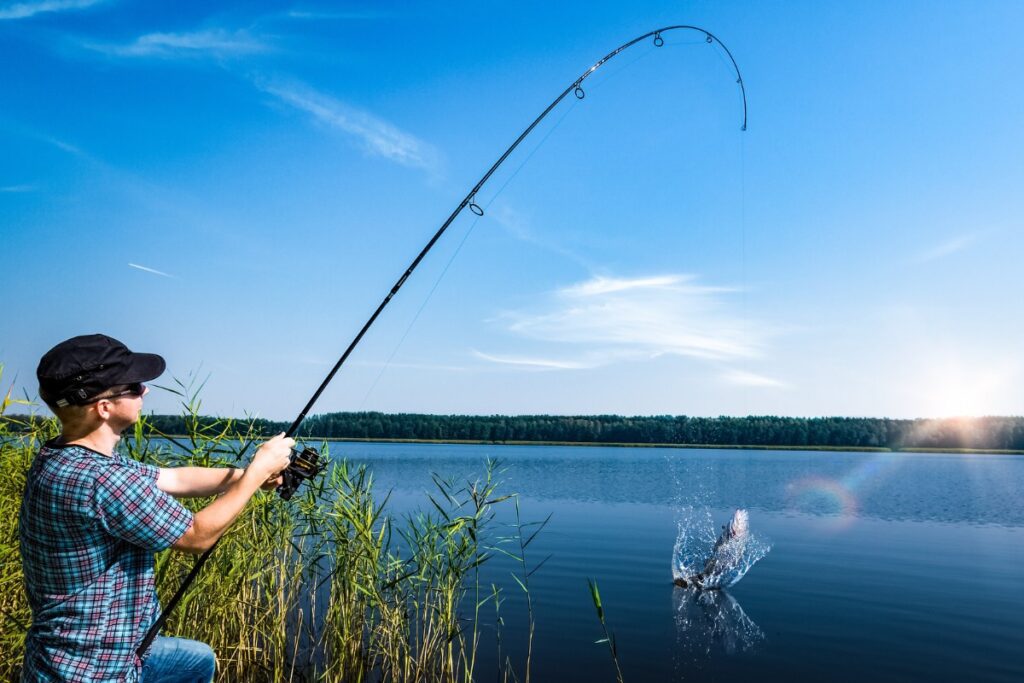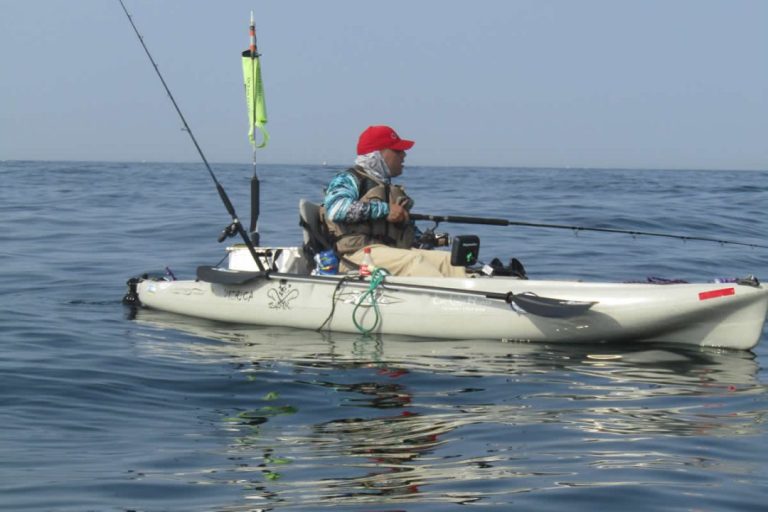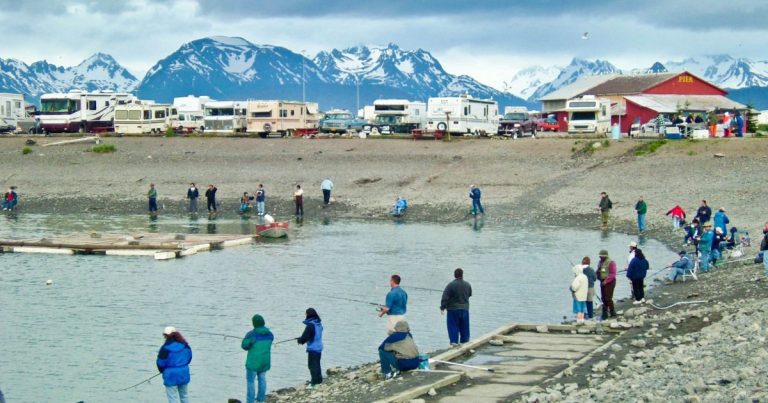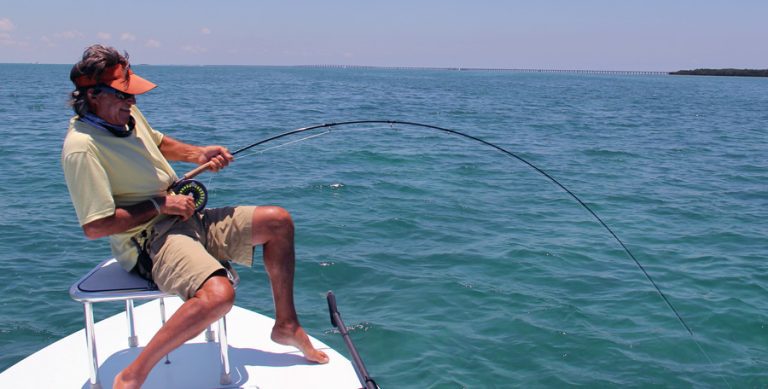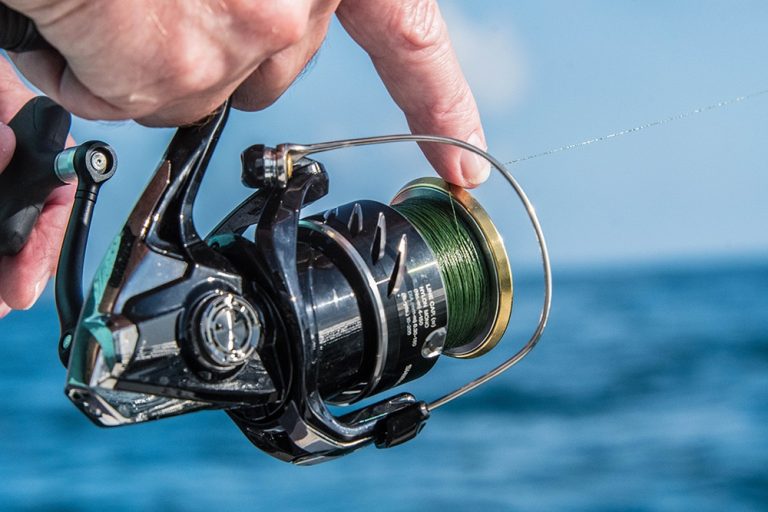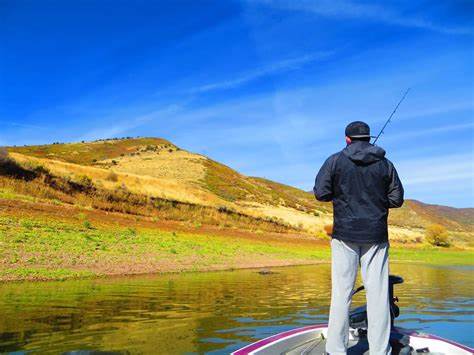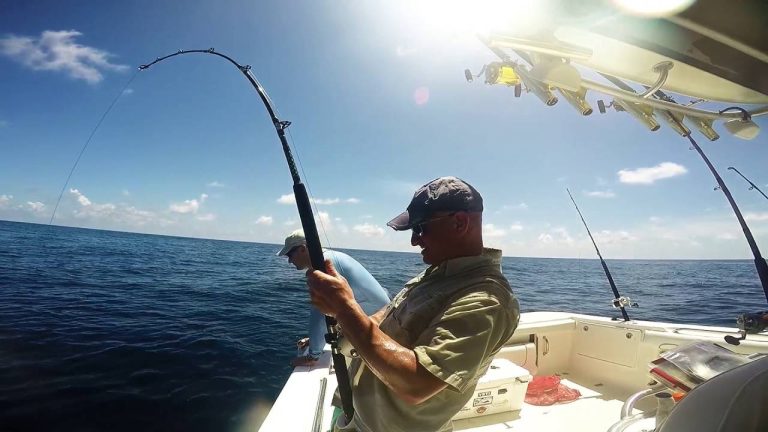Understanding the requirements for obtaining a fishing license in Alabama is essential for both novice and experienced anglers. Fishing without a proper license can lead to fines and legal issues, making it crucial to know the regulations before heading out. This guide provides comprehensive information on fishing licenses in Alabama, including who needs one, types of licenses available, how to obtain them, and local regulations.
Fishing License Requirements
In Alabama, a fishing license is required for:
- Residents aged 16 to 64: Must have a valid fishing license to fish with rod and reel or artificial bait.
- Non-residents aged 16 and older: Also required to have a fishing license.
Exemptions include:
- Residents under the age of 16
- Residents aged 65 and older
- Residents fishing from the bank in their county of residence using a hook and line
- Military personnel on leave with proper documentation
For specific dates of free fishing days, when no license is required, refer to the Alabama Department of Conservation and Natural Resources (ADCNR) official website.
Types of Fishing Licenses
Alabama offers several types of fishing licenses tailored to different needs:
| License Type | Description | Cost (Residents) | Cost (Non-Residents) |
|---|---|---|---|
| Freshwater Annual License | Valid for freshwater fishing | $16.60 | $64.60 |
| Saltwater Annual License | Required for saltwater fishing | $24.35 | $63.30 |
| Daily Freshwater License | For one-day freshwater fishing | $6.45 | Not applicable |
| 7-Day Saltwater License | For short-term saltwater fishing | $10.15 | $34.80 |
| Lifetime License | One-time purchase for lifetime fishing | Varies by age | Not applicable |
| Disabled Veteran License | Discounted rates for disabled veterans | $3.15 | Not applicable |
For more detailed information on types of licenses and their costs, visit the Alabama Department of Conservation and Natural Resources website.
Obtaining a Fishing License
You can obtain an Alabama fishing license through several convenient methods:
- Online: The easiest option is through the Online License Purchasing System on the ADCNR website.
- In-Person: Licenses are available at:
- County probate offices
- License commissioner’s offices
- State parks
- Certified retailers (e.g., Walmart, Dick’s Sporting Goods)
Documentation Needed:
- Valid Alabama driver’s license or non-driver ID
- Proof of residency (if applicable)
- Social Security number
Local Regulations
In Alabama, fishing regulations are crucial for maintaining sustainable practices and protecting fish populations. These rules encompass various aspects, including size limits, seasonal restrictions, and specific guidelines for different fish species.
Size Limits
Alabama enforces specific size limits on several fish species to ensure healthy populations:
- Black Bass: A minimum length of 15 inches applies to both largemouth and smallmouth bass in many areas. However, exceptions may exist in certain reservoirs where different size limits apply.
- Catfish: There is no statewide minimum length limit for catfish; regulations vary depending on the species and location.
- Crappie: A minimum size limit of 9 inches is enforced for crappie in public waters, with some exceptions for smaller lakes.
- Saltwater Species: For example, spotted seatrout must measure between 15 and 22 inches in total length, while red drum must be between 16 and 26 inches.
| Fish Species | Minimum Size Limit |
|---|---|
| Black Bass | 15 inches |
| Catfish | Varies by species |
| Crappie | 9 inches |
| Spotted Seatrout | 15-22 inches |
| Red Drum | 16-26 inches |
Seasonal Restrictions
Certain fish species have designated closed seasons to protect their spawning populations:
- Speckled Trout: Fishing for speckled trout is prohibited during specific months to allow for spawning recovery.
- Other Species: While most freshwater game fish do not have closed seasons, some saltwater species may have restrictions based on their spawning patterns.
Additional Regulations
- Daily Creel Limits: Anglers can keep a limited number of fish per day. For instance, the limit for black bass is generally set at 10, while crappie can be kept up to a limit of 30 per day.
- Transporting Fish: It is illegal to transport more than one day’s creel limit out of Alabama. Additionally, anglers must keep fish intact (heads and fins) until they reach their destination.
- Fishing Methods: Certain fishing methods are restricted or regulated. For instance, snagging is prohibited in specific waterways, while using trotlines or limb lines has specific rules regarding the number of hooks allowed.
Practical Advice for Beginner Anglers in Alabama
For those starting their fishing journey in Alabama, the state’s diverse waterways and abundant fish species create an ideal setting. Here are essential tips designed to enhance your experience as a novice angler.
Choose the Right Gear
- Start Simple with Rods and Reels: A basic rod and reel combo is sufficient for beginners. Spincast gear is often recommended due to its ease of use, allowing you to cast light to medium lures effectively.
- User-Friendly Equipment Options: Seek gear designed specifically for novices. A versatile all-purpose rod can accommodate various baits and techniques, making it easier to adapt as you learn.
- Essential Accessories Checklist: Equip yourself with necessary accessories like fishing line, hooks, weights, and floats. These tools will help you rig your bait effectively and detect bites more easily.
Master Effective Techniques
- Bait Rigging Techniques: Learning how to rig live bait or artificial lures properly can significantly improve your chances of success. For instance, using small jigs or spinnerbaits in local creeks can yield good results as these fish often bite on smaller presentations.
- Casting Techniques for Beginners: Practice casting techniques such as fan casting—making several casts in different directions—to cover more water effectively. This approach helps locate active fish.
- Adapt Your Fishing Strategy: Be prepared to change tactics if you’re not getting bites. This might involve adjusting the depth of your bait or switching lure types based on seasonal patterns.
Discover Popular Fishing Spots
- Lake Guntersville Overview: Renowned for its trophy-sized largemouth bass, this expansive lake is a top destination for anglers. The grassy shallows and deep ledges provide excellent fishing opportunities throughout the year.
- Wheeler Lake and Coosa River Highlights: Both locations are known for their productive fisheries, offering a mix of largemouth and spotted bass amidst diverse structures like grass and timber that attract fish.
- Gulf Coast Fishing Opportunities: If saltwater fishing interests you, the Gulf Coast offers rich opportunities from pier fishing to deep-sea charters. Target structures like docks and oyster beds with live bait or soft plastics for optimal results.
- Utilize Local Resources: Engage with local forums, websites, or fishing guides to discover additional hotspots and gather tips from experienced anglers. Many state-managed lakes are beginner-friendly and provide rental equipment along with expert advice.
By following these guidelines, new anglers can build confidence while exploring Alabama’s rich aquatic environments. Whether you’re fishing in freshwater lakes or saltwater coasts, patience and practice will enhance your fishing adventures.
Conclusion
Obtaining a fishing license in Alabama is straightforward but essential for enjoying your time on the water legally. Always check current regulations and consider responsible fishing practices to help preserve Alabama’s natural resources. For more information or to apply for your license, visit the Alabama Department of Conservation and Natural Resources website today.
By understanding these requirements and tips, you can ensure a successful and enjoyable fishing experience in Alabama.



